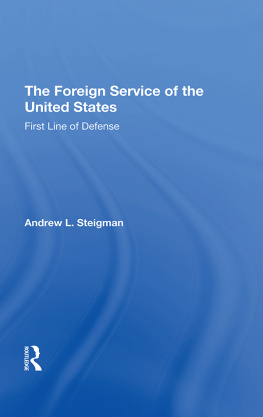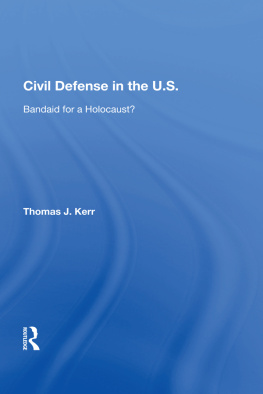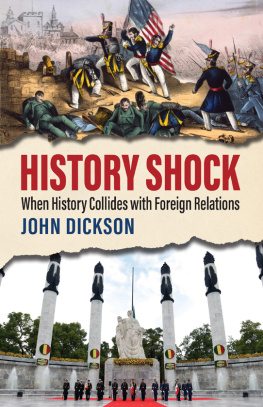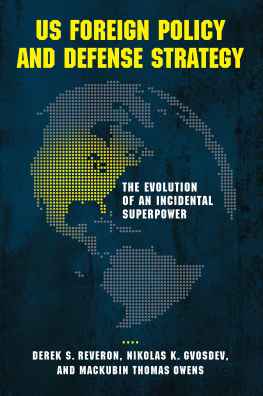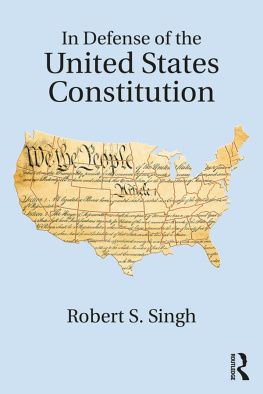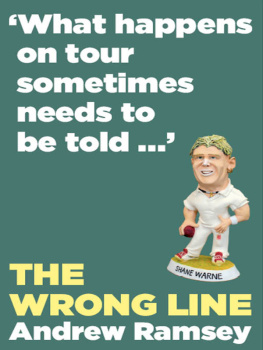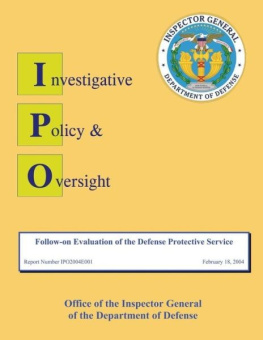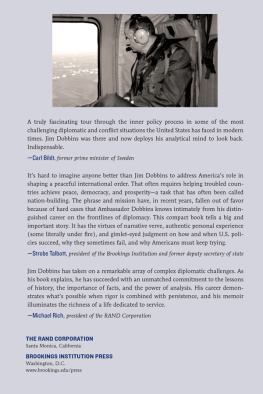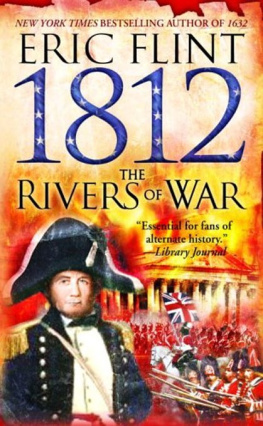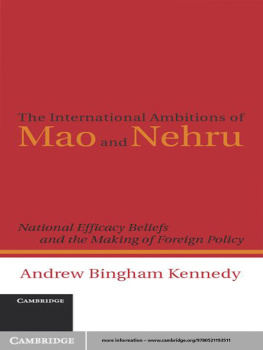The Foreign Service of the United States
Westview Library of Federal Departments, Agencies, and Systems
Ernest S. Griffith, General Editor
The Library of Congress, Second Edition, Charles A. Goodrum and Helen W. Dalrymple
The National Park Service, William C. Everhart
The Forest Service, Second Edition, Michael Frome
The Smithsonian Institution, Second Edition, Paul H. Oehser; Louise Heskett, Research Associate
The Bureau of Indian Affairs, Theodore W. Taylor
The United States Fish and Wildlife Service, Nathaniel P. Reed and Dennis Drabelle
The Foreign Service of the United States: First Line of Defense, Andrew L. Steigman
Available in hardcover and paperback.
About the Book and Author
The Foreign Service of the United States
Andrew L. Steigman
Heir to a tradition that predates the founding of the Republic, the Foreign Service of the United States has been representing U.S. interests abroad for more than two centuries. During that time, it has undergone organizational changes and acquired new functions in a process of adaptation to changing circumstances. Today, Foreign Service personnel in five different foreign affairs agencies work together and join with other elements of the federal government to help shape and execute the foreign policy of the United States.
After tracing the Service from its origins to the structure established by the Foreign Service Act of 1980, Andrew Steigman describes the composition of the modern Foreign Service and offers a succinct account of the work done by its members at home and abroad. He concludes with an assessment of the problems posed for the Service by societal change and by the spread of terrorism and offers some cogent thoughts about the Services future.
Andrew L. Steigman has been a Foreign Service officer since 1958. His career includes assignments as ambassador to Gabon, ambassador to Sao Tom and Principe, and deputy assistant secretary of state for personnel. He is currently a research professor of diplomacy at the Institute for the Study of Diplomacy, Georgetown University.
First published 1985 by Westview Press
Published 2019 by Routledge
52 Vanderbilt Avenue, New York, NY 10017
2 Park Square, Milton Park, Abingdon, Oxon OX14 4RN
Routledge is an imprint of the Taylor & Francis Group, an informa business
Copyright 1985 Taylor & Francis
All rights reserved. No part of this book may be reprinted or reproduced or utilised in any form or by any electronic, mechanical, or other means, now known or hereafter invented, including photocopying and recording, or in any information storage or retrieval system, without permission in writing from the publishers.
Notice:
Product or corporate names may be trademarks or registered trademarks, and are used only for identification and explanation without intent to infringe.
Library of Congress Cataloging in Publication Data
Steigman, Andrew L.
The Foreign Service of the United States.
(Westview library of federal departments, agencies,
and systems)
Bibliography: p.
Includes index.
1. United States. Foreign Service. 2. United
StatesDiplomatic and consular service.I. Title.
II. Series.
JX1706.Z5S74 1985 353.008909 85-5078
ISBN 13: 978-0-367-29224-9 (hbk)
To Meryl
Who has shared it all
Although the position of the United States today as a global power with worldwide interests calls for an active and effective diplomatic role, there is remarkably limited public understanding of the diplomatic process and the organizational underpinnings essential to the conduct of that diplomacy. This situation is not helped by the fact that frustration over foreign policy problems and our seeming inability to tame them leads to public blame and critical analyses being aimed at those who execute the policythe members of the Foreign Service. It is the old syndrome of shooting (or, at a minimum, reforming) the messenger if you dont like the message. In such an environment, it is small wonder that so many misconceptions about the Foreign Service continue to prevail. When I traveled around the country as assistant secretary for public affairs, it was not unusual to find people equating the Foreign Service with the Foreign Legion and something alien rather than an arm of the U.S. government.
The purpose of the present volume is to deal with this problem and to dispel some of the illusions, without at the same time diminishing the significance and challenge that characterize the more complex mission of the Foreign Service today. The author, himself a career officer, has served at home and abroad in senior positions and thus is well qualified to undertake this task.
The book lives up to the promise in the preface to provide a guidebook to what the Foreign Service really is, how it got to be that way, and what its members do to justify their existence. The special contribution of this book is to give a candid account (warts and all, at times) of what a career in the Foreign Service is currently like and the organizational environment within which the Service functions.
The author writes from an overview of the Foreign Service gained from having managed an embassy abroad and policy decisions at home, as well as from having managed the whole Foreign Service personnel system. To give his account color as well as greater realism, he develops cases and examples drawn from his own operating experience. The result is a lucid explanation of the sometimes complex Foreign Service system, its organization, and its functions. For this reason, the book is to be welcomed as filling a gap in current literature, and it should be especially useful to those who are contemplating a career in diplomacy. I salute my fellow laborer in the vineyard for being one of the few who has been able to synthesize the Foreign Service experience and share it with others in a succinct and intelligible manner.
Whether this candid look at the Foreign Service will serve to enlarge its constituency is another question, since there is always the risk that familiarity may breed contempt. After all, the prevailing mystique and all the public confusion and illusion about the role of the Foreign Service have not stood in the way of the professions being widely regarded as prestigious. Nevertheless, the risk must be taken. Only by peeling off the glamour and the various misleading labels that have stuck to the Foreign Service like barnacles over the years can we get a true measure of what is needed to pursue the interests of the United States in its relations with other nationsa task that is, in fact, being performed with distinction by the relatively small but dedicated group that composes the Foreign Service of the United States. One hopes that a better understanding of the realities will lead to greater support for maintaining the kind of Foreign Service that will continue to give the United States the excellence and competence it both deserves and needs to advance its interests abroad.
Carol C. Laise
Former Assistant Secretary of State, Ambassador, and Director General of the Foreign Service
The Foreign Service of the United States has been the subject of innumerable studies, histories, and descriptive volumes. Only a handful, however, have been intended to serve the purpose for which this book has been written. Just as a good guidebook leads a traveler gently through the country being visited, so this volume is designed to tell the reader just what this thing called the Foreign Service really is, how it got to be that way, and what its members do to justify their existence. The most recent book of this kind appeared in 1969. Much of what its author wrote then about the Foreign Service is still true today, but the intervening years have brought such changes to the Service and its world that a retelling of the story seems very much in order.

